When working with the fuel system, some safety precautions should be obvious, such as smoking near an open fuel tank. The entire fuel system has vapors, which are more flammable than the fuel itself, thus care must be taken when working with all parts of the fuel delivery system.
Fuel Injectors
Depending on the type of fuel injection your vehicle uses, they may be in plain sight in the throttle body, may be completely hidden under the manifold or you may be able to see the wiring for the fuel injectors. In most cases, you will be able to see the fuel rail and the fuel lines leading from the fuel tank and fuel pump to the throttle body or the fuel rail. When working with or near the fuel system:
- Do not smoke. This is usually obvious, but if you are working on a manifold job, you may not realize just how close you are to the fuel rail and injectors. Once you lift the manifold off, fuel vapor and fuel could be released if there is a leak or you inadvertently cut a fuel line.
- Remove the battery cable when working near the fuel injection system. There are many electrical things on the engine. Even a small charge of static electricity – though rare – could ignite fuel vapor. You should be more worried about creating a spark. While most electrical things that are not directly related to the ignition won’t create a spark, you could have a short in the wiring that could create a spark and ignite fuel vapor.
- If you are removing the fuel injectors, fuel rail or fuel line, always assume that you will be working in an area with fuel vapor.
Fuel Pumps
Mechanical fuel pumps are usually located on the side of the engine and have fuel lines from the tank to the pump and from the pump to the carburetor. Mechanical fuel pumps are not used for fuel injection as they do not put out enough fuel pressure. Electric fuel pumps may be located on the frame rail or in the engine compartment, but are most commonly located in the fuel tank. You may see an electric fuel pump outside of the fuel tank if someone converted a mechanical fuel pump to an electric fuel pump or in racing applications.
Regardless of where the electric fuel pump is located, it has wiring to it, which has the ability to create sparks. Always remove the negative battery cable when working with the electrical connections on any type of fuel pump.
Fuel Tanks
Sometimes a fuel tank gets a leak. Your best bet is to replace the fuel tank. Even if you wash the fuel tank out, there could still be vapors in the tank. If you try to weld the tank, it will definitely “go boom,” which usually results in a nasty, hot fire that melts tires in seconds, not to say destroy your vehicle and anything within 100 feet of it.
Also, hammering the lock ring on the fuel tank with a screwdriver and hammer so you can loosen the fuel pump could cause fuel vapor to ignite. Metal hitting metal always causes sparks which will ignite fuel vapor. Instead, use a wooden dowel or non-ferrous brass punch and a hammer.
When you take regular precautions when working around the fuel delivery system, especially fuel pumps, you can safely repair the system.
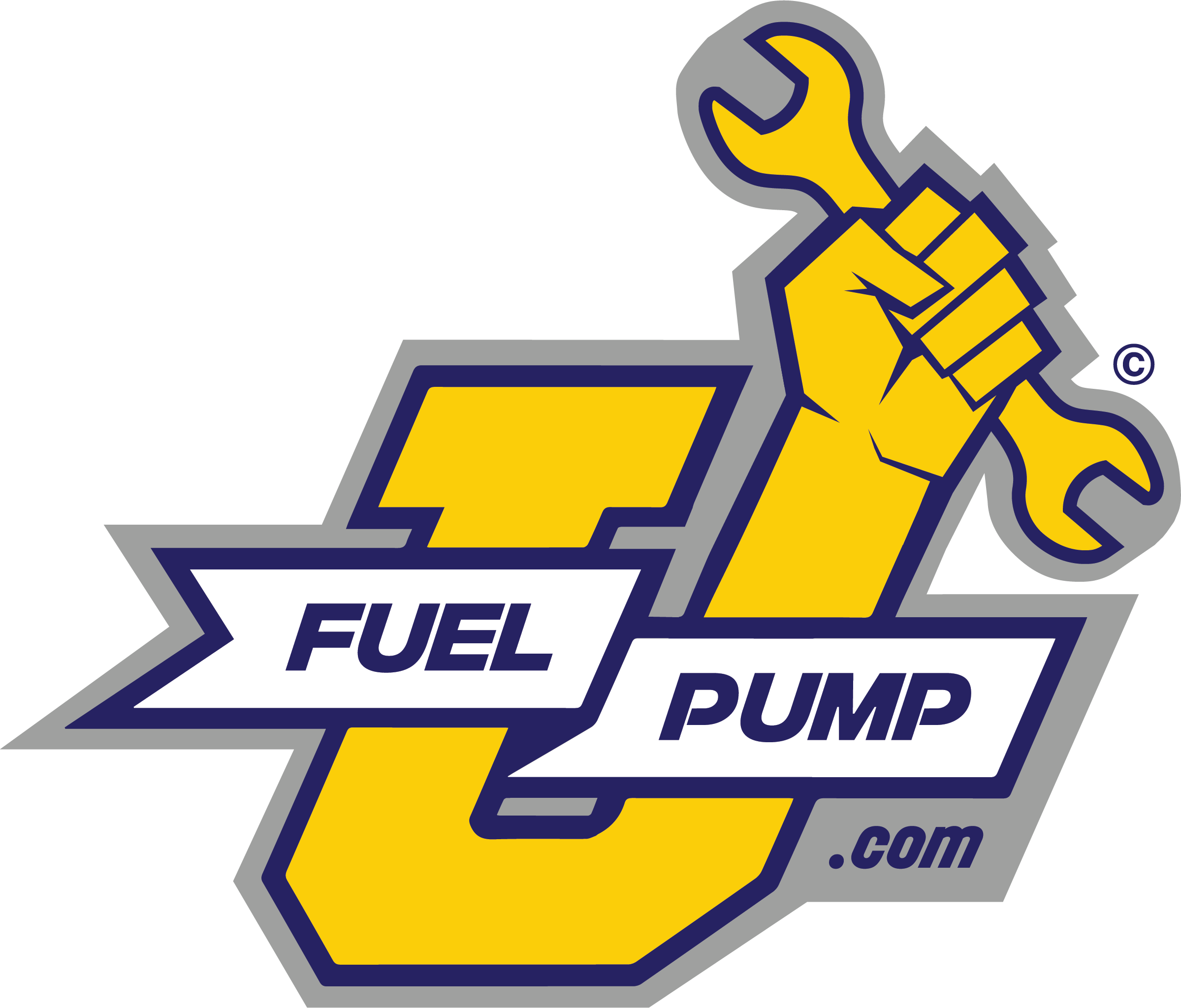
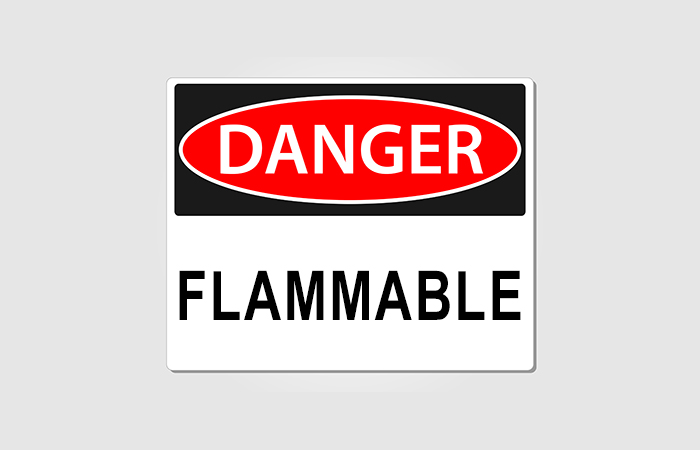
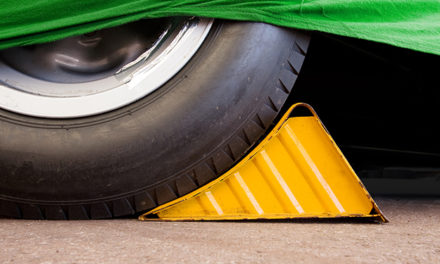
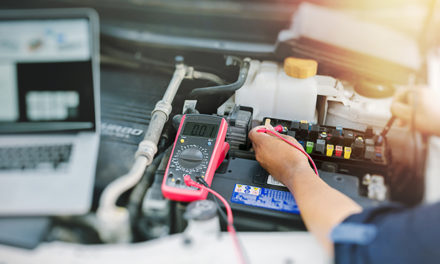

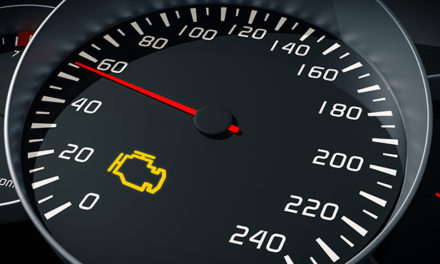
![[Vehicle Fitment-1]: Compatible with GMC Yukon XL 1500 2002-2006 6.0L, Yukon XL 2500 2000-2006 6.0L, Savana 1500 2003-2007 5.3L, Savana 2500 2003-2007 4.8L, Savana 2500 2003-2005 5.3L, Savana 2500 2003-2007 6.0L, Savana 3500 2004-2007 4.8L, Savana 35...](https://m.media-amazon.com/images/I/51hwEfRWZGL._SL100_.jpg)
![[Vehicle Fitment-1]: Compatible with Chevrolet Silverado 1500 2000-2006 4.8L/5.3L, Silverado 1500 2003-2007 6.0L, Silverado 1500 Classic 2007 4.8L/5.3L, Silverado 1500 HD 2001-2003 6.0L, Silverado 1500 HD 2005-2006 6.0L, Silverado 1500 HD Classic 200...](https://m.media-amazon.com/images/I/51BqchUM7gL._SL100_.jpg)
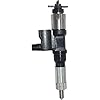
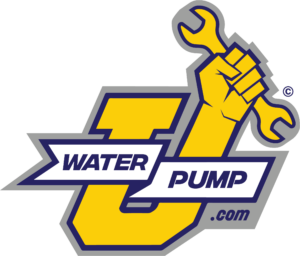

![[Vehicle Fitment]: Compatible with 2005-2018 for Toyota Corolla 1.8L L4; 2009-2010 for Toyota Corolla 2.4L L4; 2005-2013 for Toyota Matrix 1.8L L4; 2009-2013 for Toyota Matrix 2.4L L4; 2005-2010 for Pontiac Vibe 1.8L L4; 2009-2010 for Pontiac Vibe 2....](https://m.media-amazon.com/images/I/41lkyWh6v3L._SL100_.jpg)